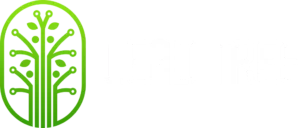All businesses rely on sales, whether it’s business to business or straight to consumer. Without a steady flow of income, businesses would shut down. Sales teams need leads in order to maximize the number of deals they close, as without them a full day of cold calling could result in 0 sales made. Leads are meant to allow sales agents to call already interested parties, which cuts out a large portion of the sale.
In reality, there are different types of leads. But narrowing it down to three main types, there are information qualified leads, marketing qualified leads, and sales qualified leads. They also go by other names, but those are the technical terms attached to them.

Information Qualified Leads
These leads are considered “cold” leads. Basically, this means that there is little to no interest, as these people have clicked on a link, but it doesn’t mean they’re ready to buy. In fact, some of your clicks may be accidental and there might be no interest at all.
These leads need to be nurtured and a relationship has to be established in order to make a sale or convert them. This process is time-consuming and sales agents will generally end up bogged down if a majority of their leads are cold, as the sheer volume of follow-up calls that need to happen for a chance to convert will be large.

Marketing Qualified Leads
Taking the next step, marketing qualified leads are considered “warm” leads. These leads include people who have shown moderate levels of interest in a product or service. Their interest is shown as they will have begun following a company on social media, visited and stayed on webpages for a moderate amount of time, increased consumption of content related to their issue, and they’ve initiated contact with a solutions provider.
Having a lead reach out doesn’t immediately mean they’re ready for a sale. Once someone has identified a problem or a need, they will initially collect enough information to make informed decisions. Websites have content creators who make blogs, infographics, or entire landing pages dedicated to answering these questions or concerns with the goal of answering a question well enough that someone will fill out the contact us form that is always found on these pages.
Similar to cold leads, warm leads need more care before they decide to convert. However, unlike cold leads, the amount of time needed to convert is considerably less. Warm leads usually would already be in contact with you, asking questions regarding your product or service. While they do need less of a push than cold leads, they still need more time investment when compared to a hot lead.

Sales Qualified Lead
Sales qualified leads are also called “hot” leads. This means that the customer is either ready to buy or just needs a little push. These people have either contacted a company and expressed the need for their product or service or were contacted by sales agents or lead generation specialists and were highly interested.
These are the leads your sales staff wants. These types of leads allow sales staff to close deals, start building customer loyalty, and move on to the next sale. If you want your business to grow faster, these are the leads you want to have. Sales, in general, benefit the business, but a sale that takes only a fraction of the time to close allows sales staff to focus on building a better relationship with the client and potentially create a repeat customer.
The Wrap Up
At the end of the day, leads of any kind will help your sales staff as they won’t have to build up a list themselves. Knowing about the different lead types will help you out in the event you ever decide to buy leads. It will even help out when discussing any issues your sales staff may have as it allows you to use proper lingo. So while you may shoot for hot or warm leads, cold leads are also a viable option, though your sales staff will have to put more time and effort before they can close those deals.

